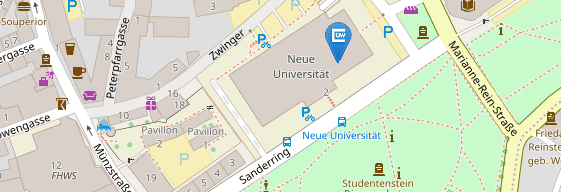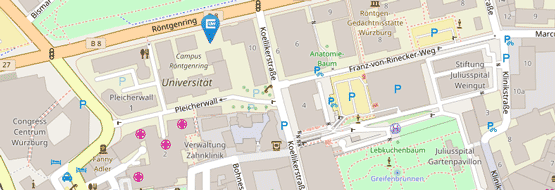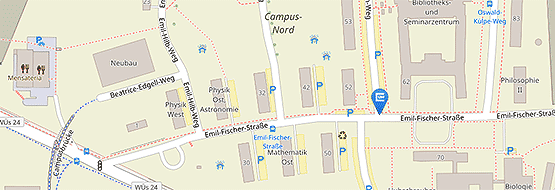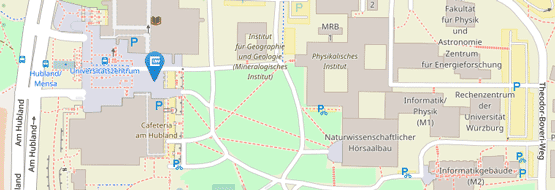Background and Aims
Narratives are omnipresent
Mediated stories or narratives are an integral part of people’s lives. Narratives are typically defined as portrayals of an event or a connected series of events. Moreover, it is characteristic of stories that they involve characters, temporality, and causality. Narratives incorporate characters in the form of people or person-like entities, animals, aliens, or anthropomorphized objects. Narratives include temporality through events that occur over time, rather than simply presenting statements or depicting a static environment. The story events often follow the temporal structure of a beginning, middle, and end. Finally, causality indicates that the events in the narrative are causally related in the sense that one event leads to a subsequent event.
New media technologies permeate our (social) lifes
Recent years have seen an unprecedented proliferation of communication technology in everyday lives. Most notably, people spend a substantial part of their waking time with social networking sites, and immersive virtual reality (IVR) and social robots have provided new possibilities for entertainment and learning. The experience and influence of these technologies on recipients or users is a matter of ongoing public and scholarly debate. At the same time, disinformation spread through digital technologies is perceived as a major threat to individuals and societies.
TESDA as an interdisciplinary research endeavor
One of the main characteristics of the RTG TESDA is its connection between scholarship on narrative processing and scholarship on human interactions with digital media. Together with other junior and senior scholars, the 11 doctoral researchers who constitute the first TESDA cohort will examine how digital environments affect the way stories are encountered and processed, and how stories unfold their psychological impact in the digital world.






